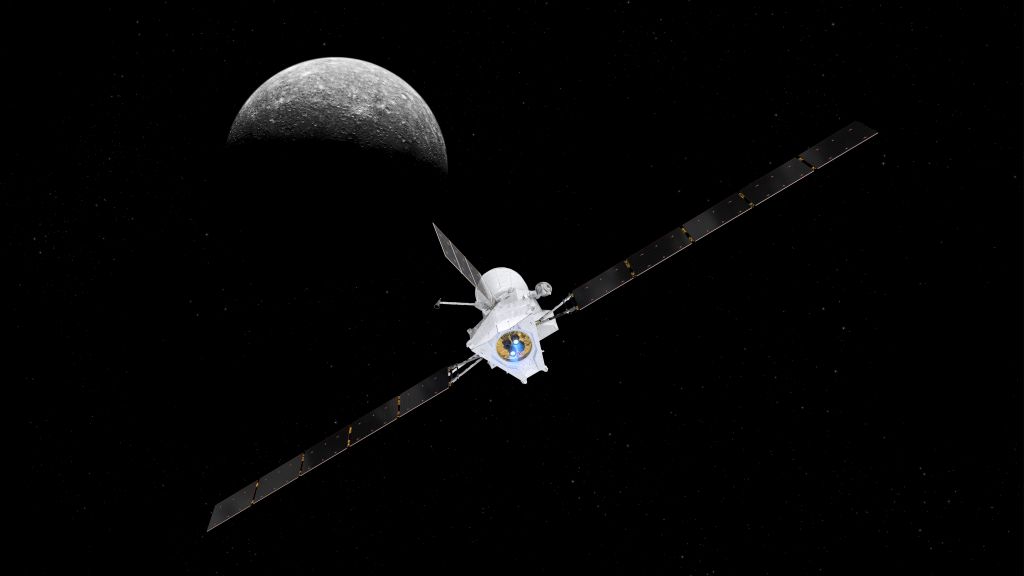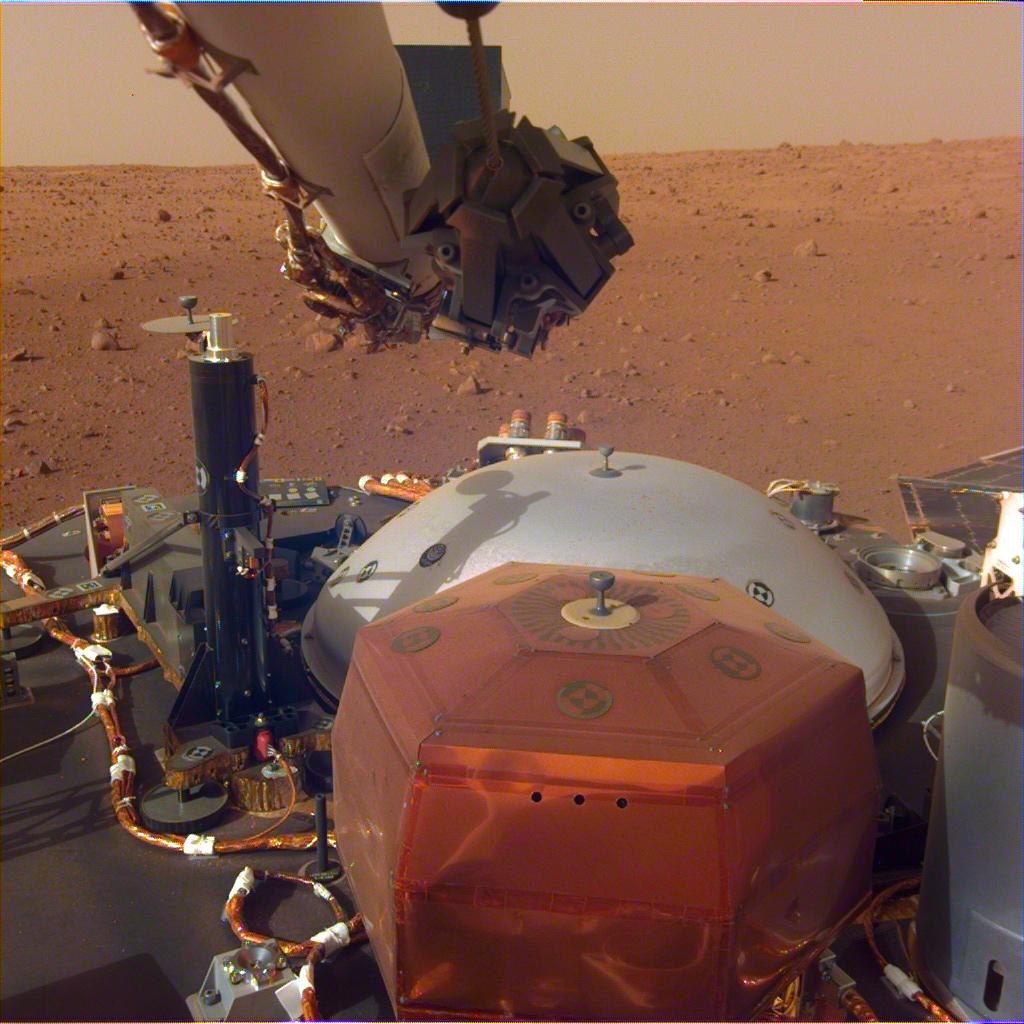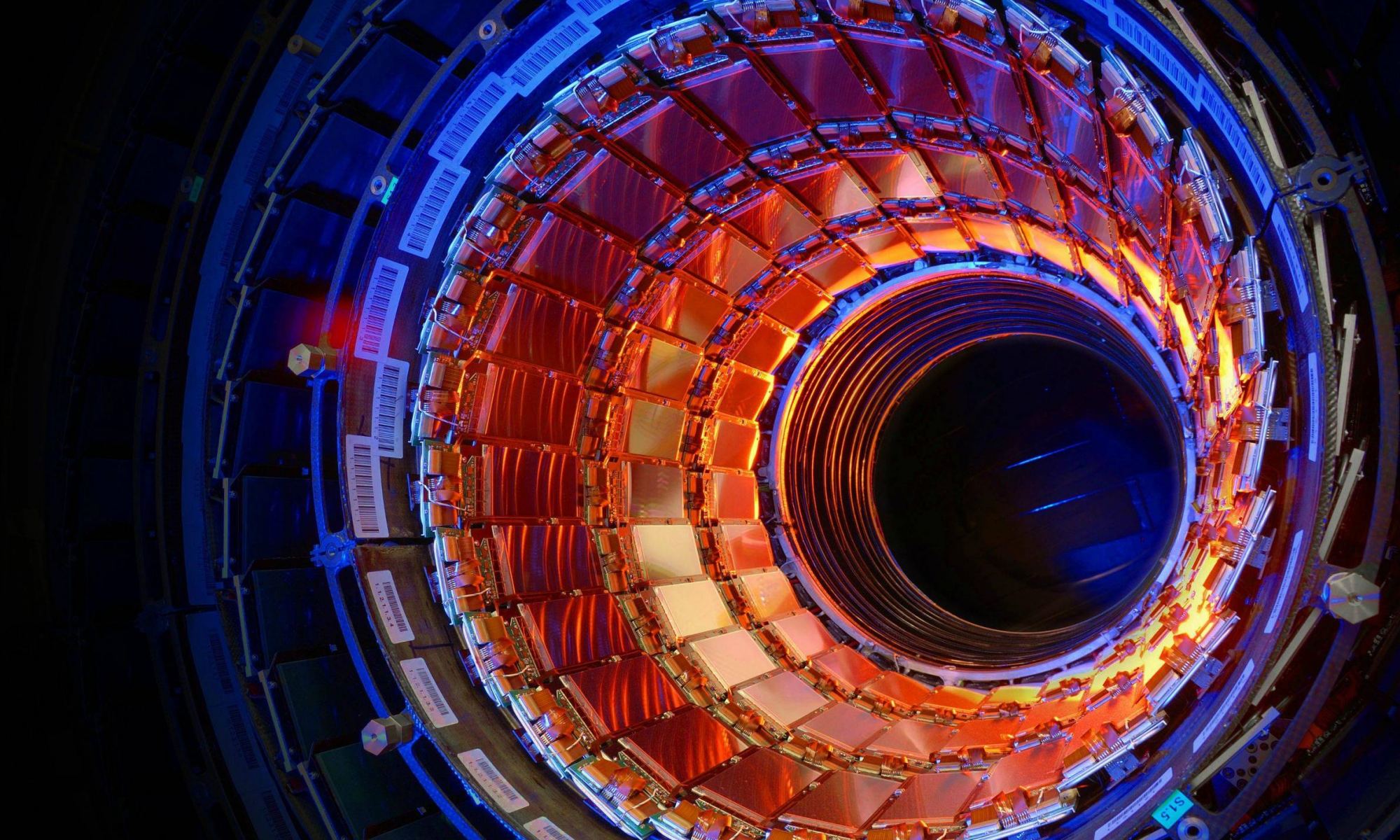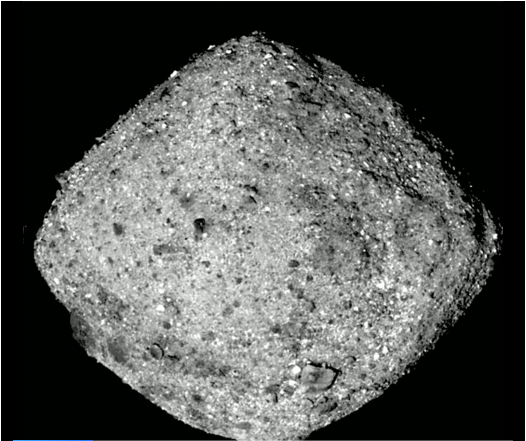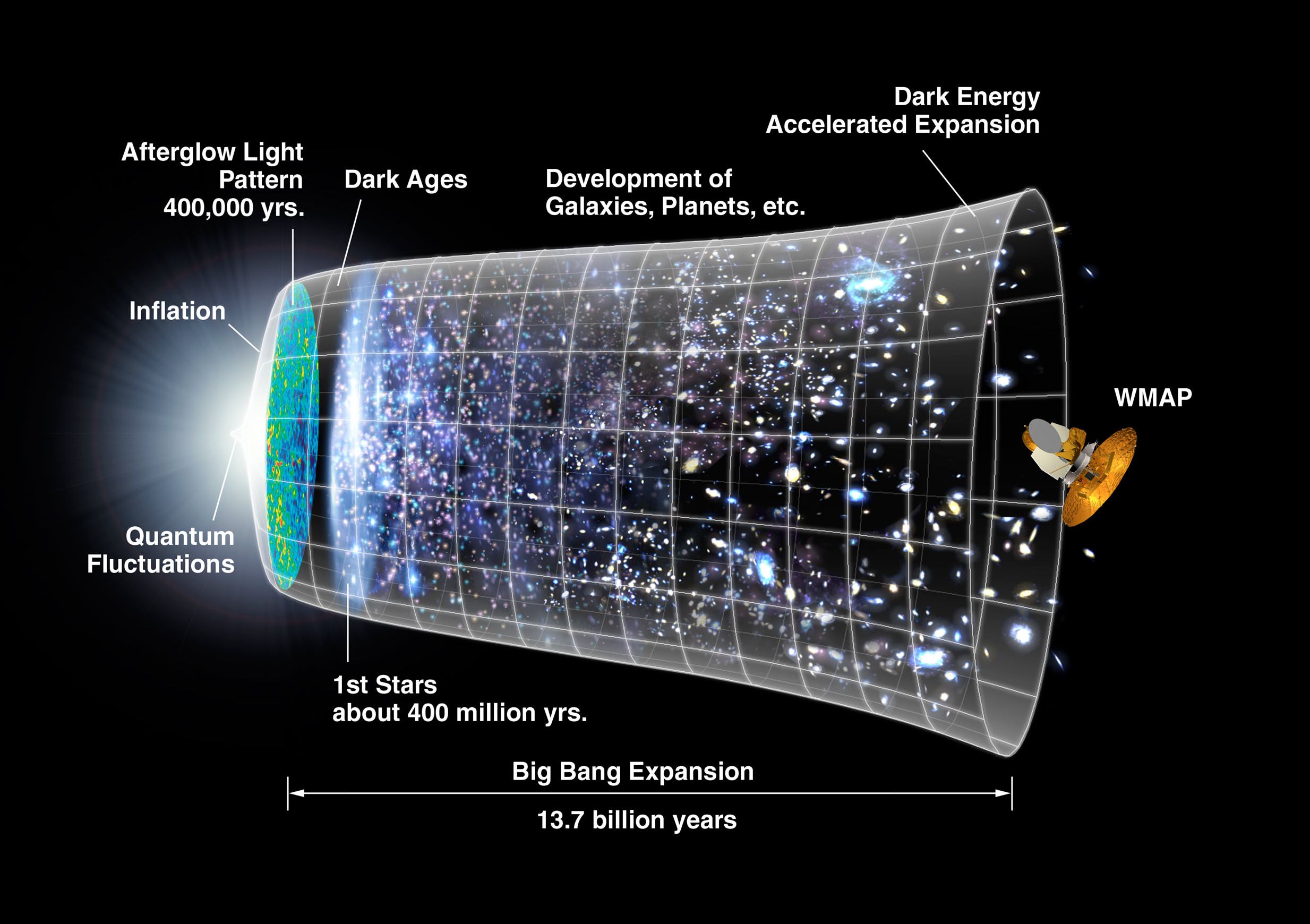NASA’s OSIRIS-REx (Origins, Spectral Interpretation, Resource Identification, Security-Regolith Explorer) has found water on the asteroid Bennu. Bennu is OSIRIS-REx’s only target, and though the spacecraft arrived at the asteroid on December 3rd, some of its instruments have been trained on the asteroid since mid-August. And two of those instruments detected water on Bennu.
OSIRIS-REx wasn’t sent to Bennu just to find water. The mission is NASA’s first asteroid sample-return mission. The presence of water on Bennu confirms what the science team hoped would be true when they selected the asteroid as the spacecraft’s destination: Bennu is an excellent target for scientific inquiry into the early Solar System.
“The presence of hydrated minerals across the asteroid confirms that Bennu, a remnant from early in the formation of the solar system, is an excellent specimen for the OSIRIS-REx mission to study the composition of primitive volatiles and organics.” – Amy Simon, OVIRS deputy instrument scientist, NASA’s Goddard Space Flight Center.
Continue reading “OSIRIS-REx Has Already Found Water on Bennu”


![This illustration shows the percentage of marine animals that went extinct during Earth's worst extinction at the end of the Permian era by latitude, from the model (black line) and from the fossil record (blue dots).A greater percentage of marine animals survived in the tropics than at the poles. The color of the water shows the temperature change, with red being most severe warming and yellow less warming. At the top is the supercontinent Pangaea, with massive volcanic eruptions emitting carbon dioxide. The images below the line represent some of the 96 percent of marine species that died during the event. [Includes fossil drawings by Ernst Haeckel/Wikimedia; Blue crab photo by Wendy Kaveney/Flickr; Atlantic cod photo by Hans-Petter Fjeld/Wikimedia; Chambered nautilus photo by John White/CalPhotos.]Justin Penn and Curtis Deutsch/University of Washington](https://www.universetoday.com/wp-content/uploads/2018/12/Penn_sumfig_final.jpg)
